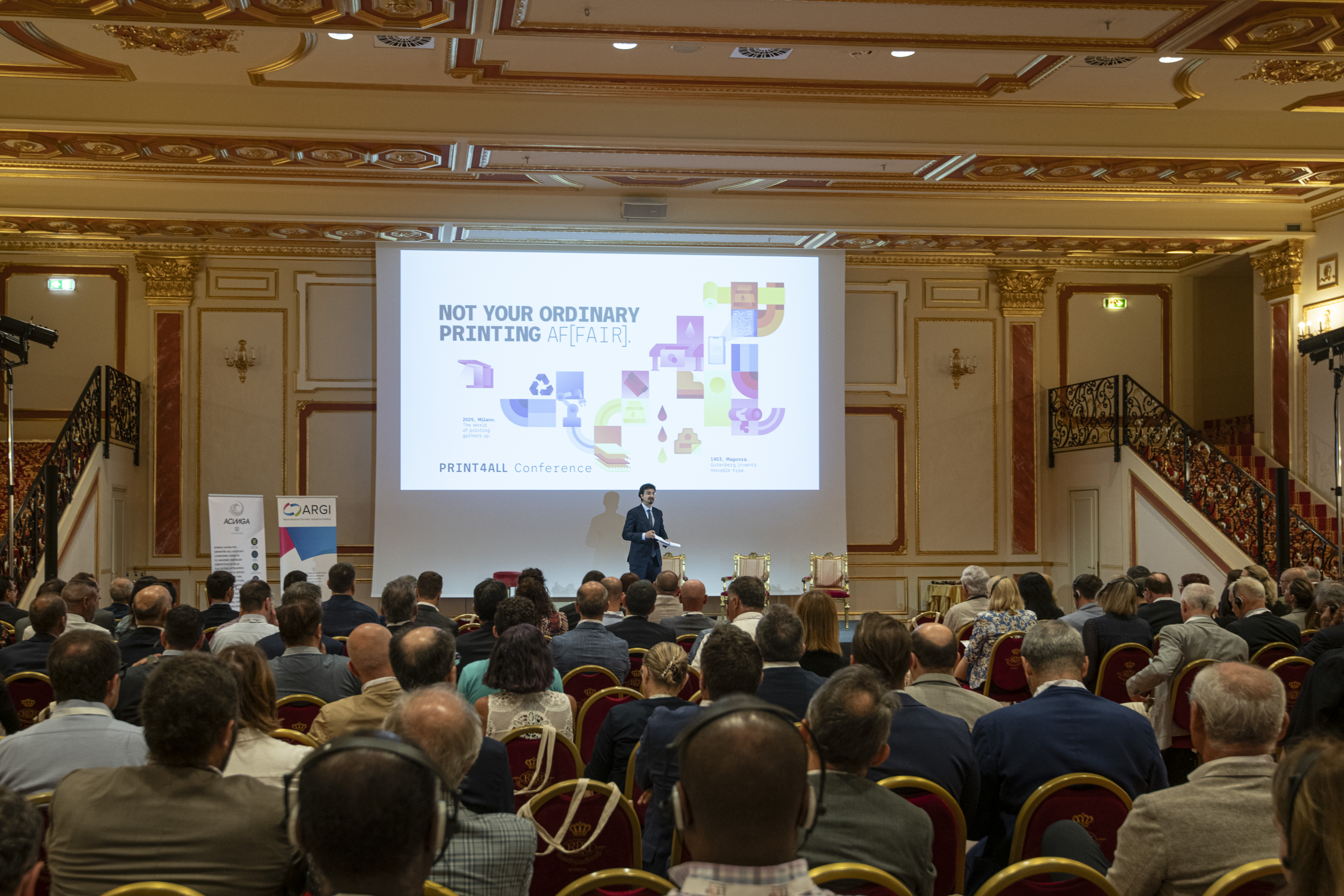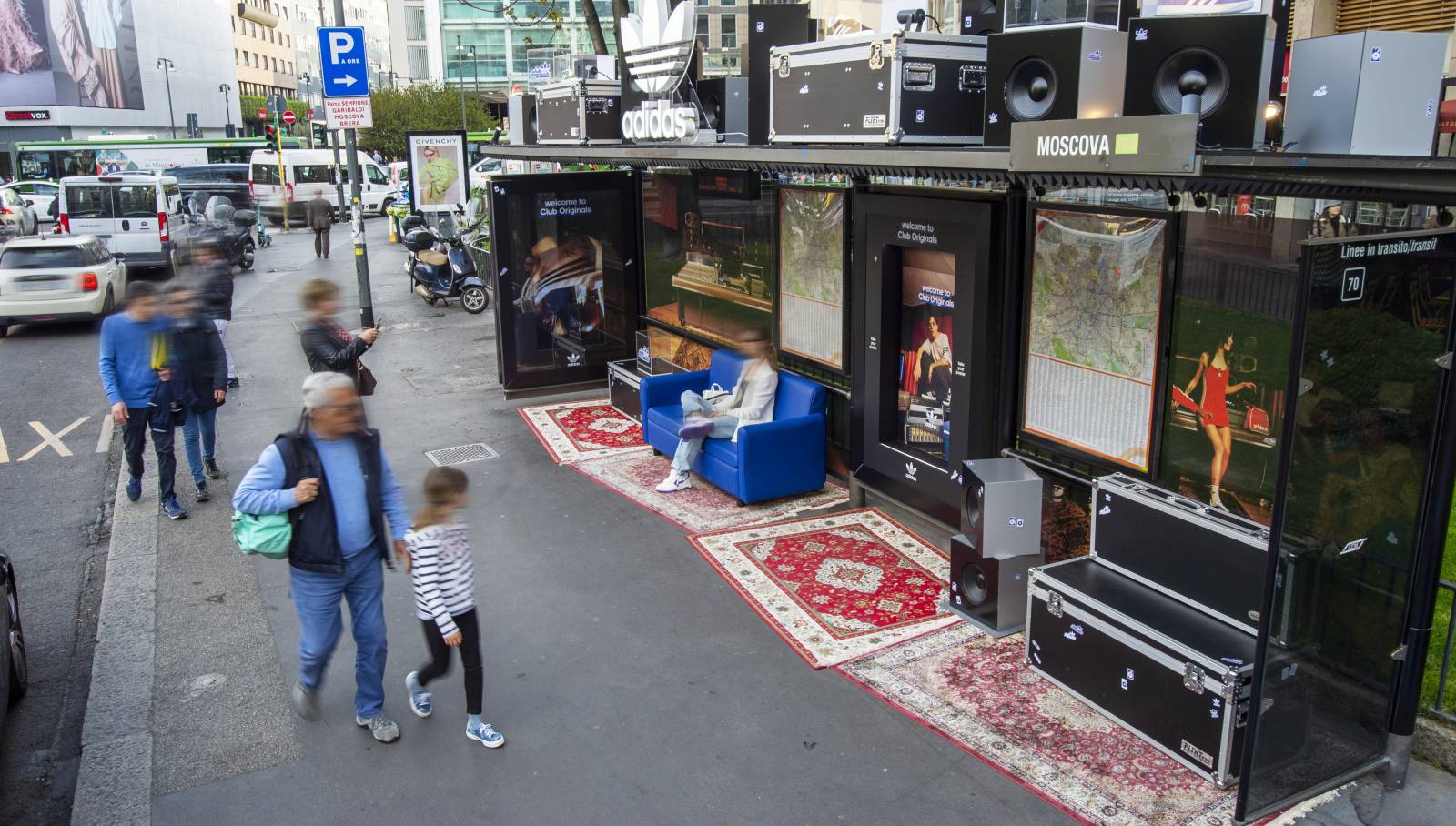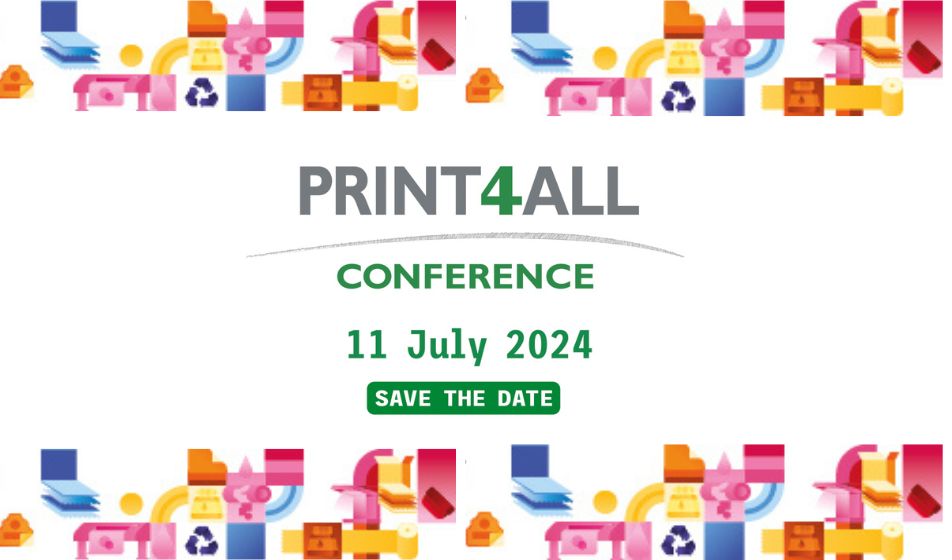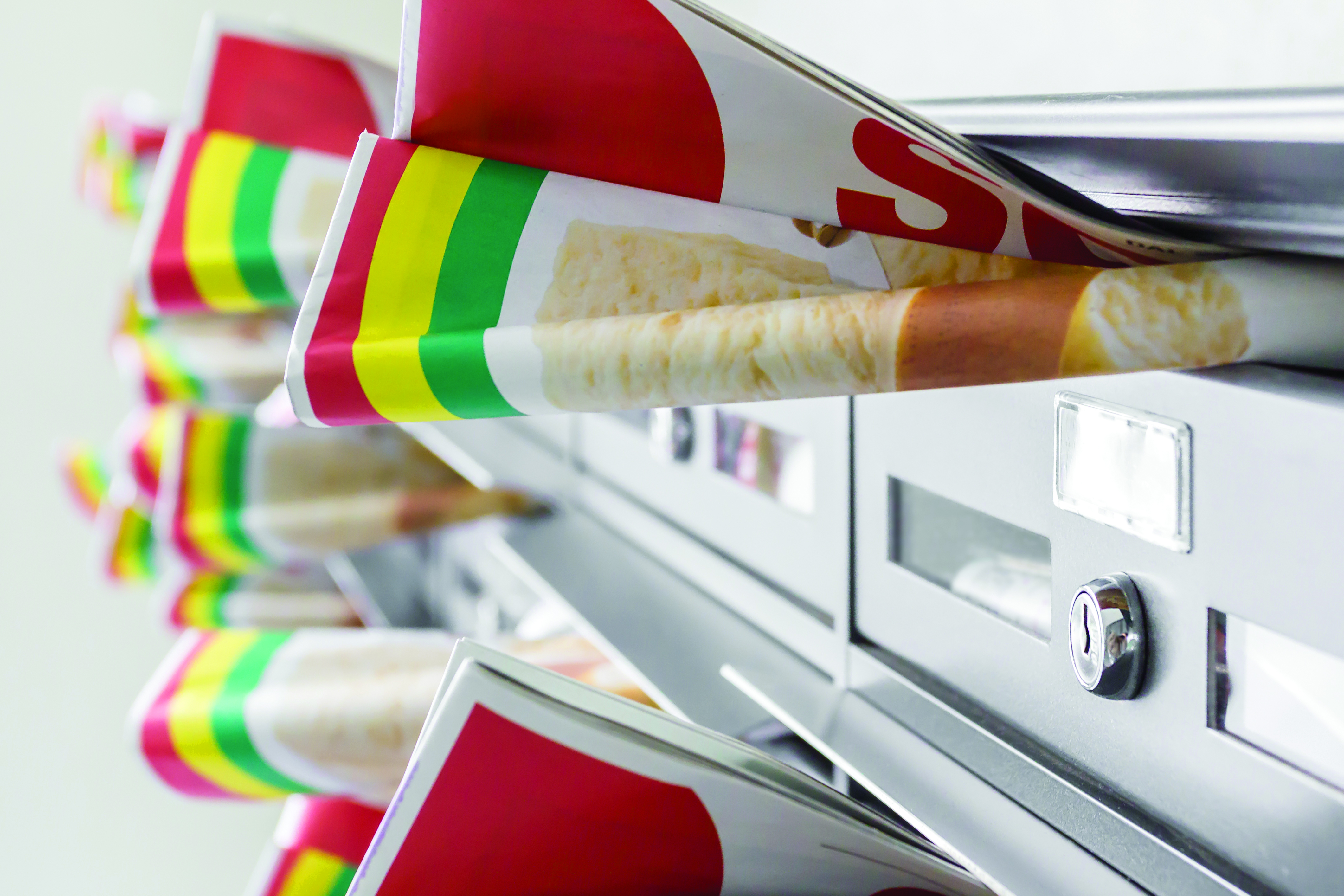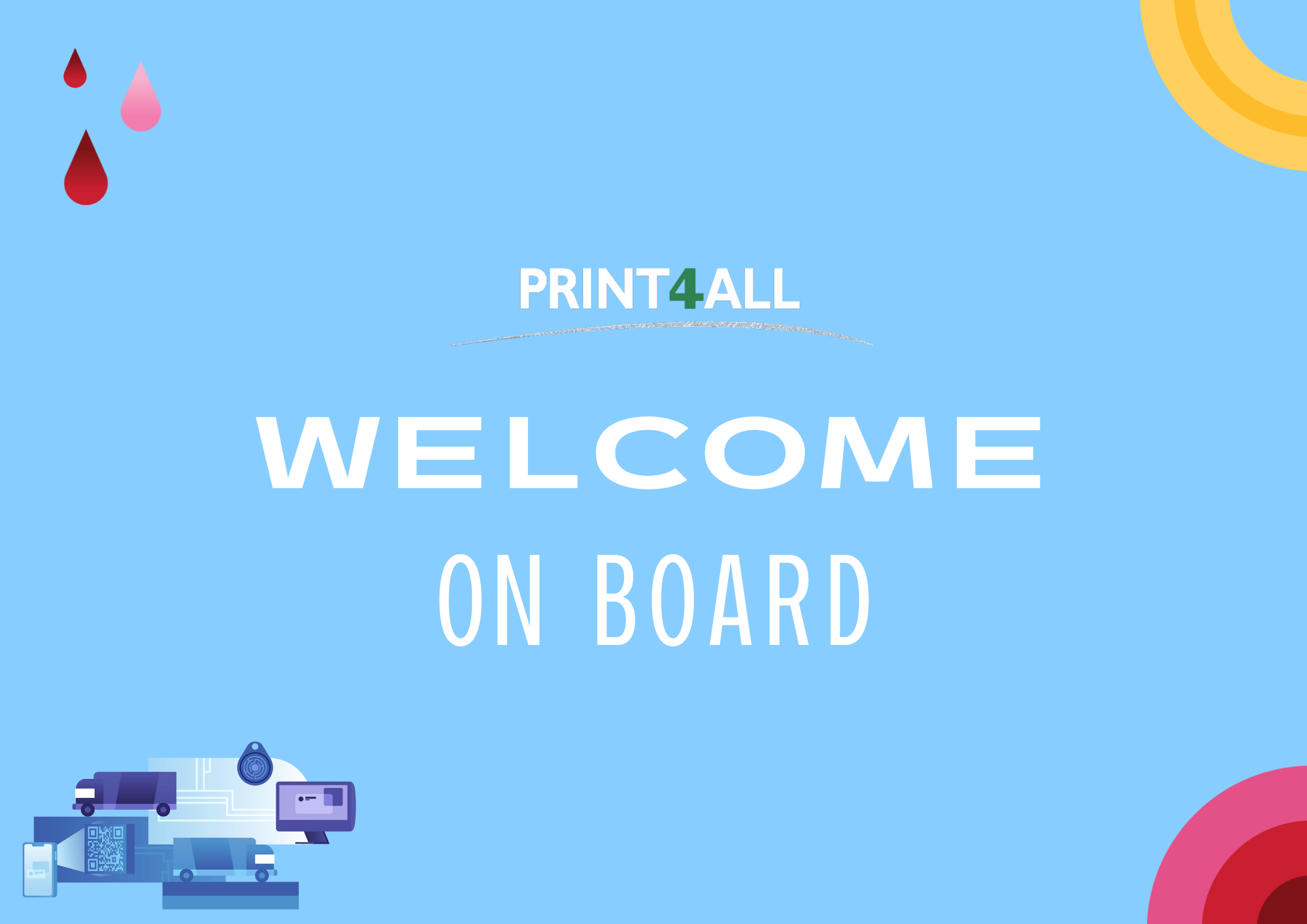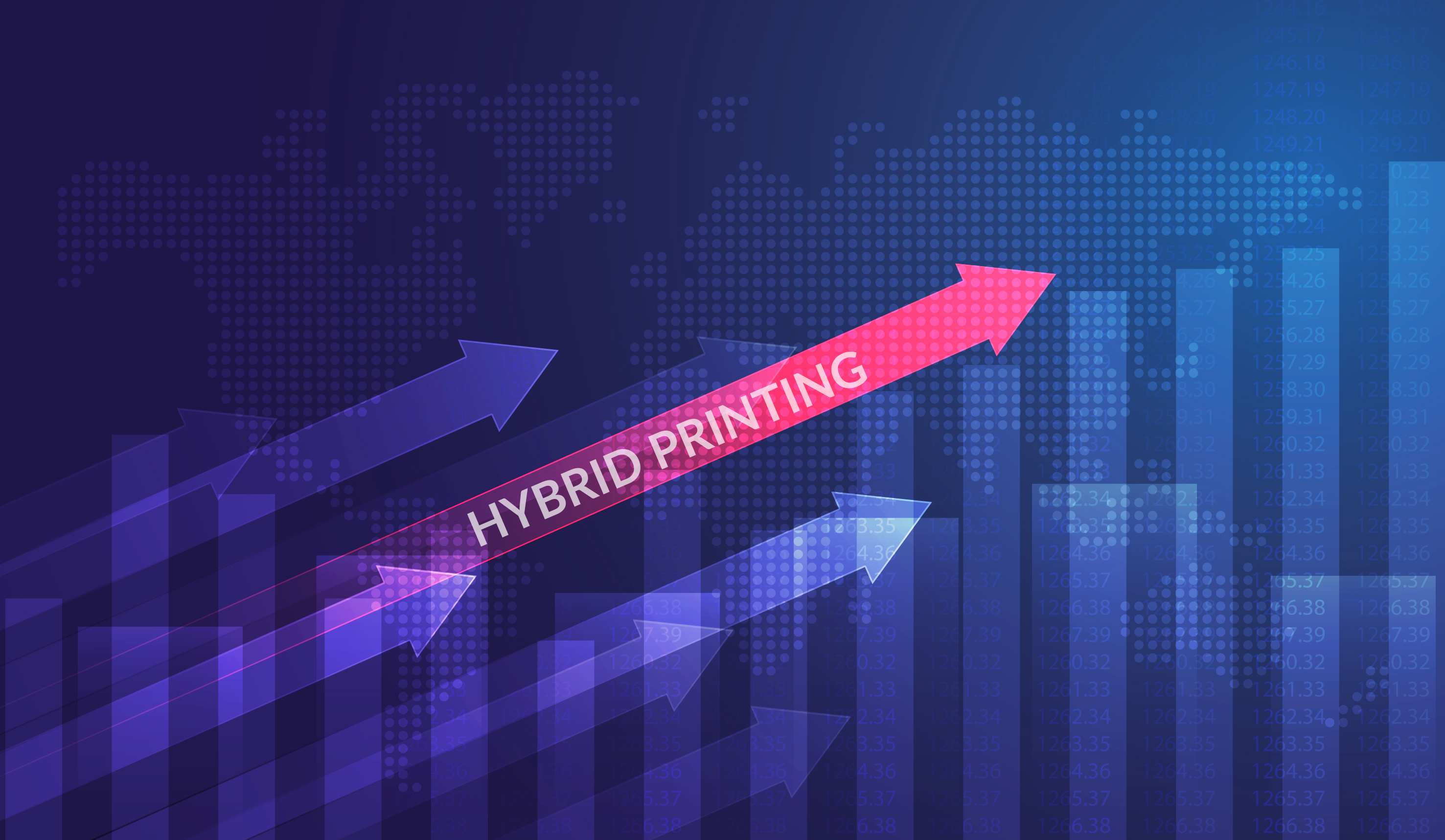Every time we step outside our homes - this is what the experts tell us - we pay more and more attention to outdoor communication. A behaviour that can be explained by the progressive absorption of online advertising, which, however effective, does not replace our interest in lingering over billboards and maxi-posters, but also by the advent of structural changes in the world of Out-of-Home, which see the leaders in the sector fully exploit the potential of new digital advertising tools (especially mobile) to consolidate (or build from scratch) their offline image, amplify the visibility of a campaign and make it more “tangible” in the eyes of users.
In short, it is a rosy period for OOH which, already in the first four months of 2022, immediately after the pandemic, returned to 2019 figures and which, according to the latest Nielsen data, grew by 28.5% (Transit and Outdoor) in the first two months of 2023.
Juggling the challenges and contradictions of modernity is not easy (think of the use of users' personal data and compliance with privacy regulations), but it is true that experimenting with digital and traditional opens up immense creative opportunities for the entire supply chain, be it for brands, agencies, designers, advertisers and outdoor printing professionals. A Market Insights report predicts that the Digital Out of Home (DOOH) market will reach a value of more than 34 billion dollars by 2025, and according to GroupM, campaigns that integrate traditional and digital media are much more effective in convincing consumers to take direct action.
Media integration
“Whereas in the past the objective of a campaign was mainly to consolidate brand awareness, today the focus is on a data-driven approach, which exploits data analysis and new digital advertising tools to engage users, prompting them to interact with the brand. Information on users' tastes and habits is used to design increasingly all-encompassing, immersive and personalised communication” - explains Filippo Gullì, Sales Director of IGPDecaux, a company specialising in external communication services. Among the most effective strategies is the use of MOOH (Mobile Out of Home) and QR codes, which can be combined with static advertising (posters, billboards, banners) and allow users to be directed to a website, app or landing page, but also to monitor the effectiveness of a campaign in real time.
The Out-of-Home sector is certainly one in which the use of large-format printing finds greatest application. Extraordinary locations, important square footage, especially in the city centre: a significant investment, within the reach of well-known and ambitious brands, but with a certain impact, which today also makes use of digital campaign planning tools, similar to the digital advertising campaign planning experience. In some cases, the OOH advertising spaces are in fact geolocalised and for each of them it is possible to display photos, street view, as well as physical characteristics and other important data such as visibility indices, traffic density, socio-demographic composition of the population living in a certain area, presence of points of interest in the surrounding circumstances. This information, combined with the parameters and characteristics of the advertising spaces, makes it possible to achieve high levels of precision in planning and effectiveness in delivering the message.
Moreover, this approach reduces the waste and environmental impact of operations, because digital data allows the selection of only those locations most relevant to the message contained in the poster.
As long as it is sustainable
Besides stimulating the development of innovative, recyclable and reusable materials, green solutions must be made increasingly competitive so that they represent a real alternative for advertisers and end customers. IGPDecaux has developed a keen awareness of the subject, and has carried out a reorganisation of its processes, which are now increasingly geared towards a decisive reduction in environmental impact. Luca Stucchi, Executive Director of IGPDecaux explains “We favour water-based printing and the use of innovative media, often developed exclusively by our suppliers. 90% of the paper we buy is recycled and, at the end of the exhibition, is recycled to create new paper and packaging. We were the first in Italy to set up a recycling and recovery system for PVC adhesives used to on trams, buses and station domination in the cities of Milan, Turin, Genoa, Bologna, Florence, Rome and Naples”. Recovered adhesives are useful in the production of artificial road speed bumps, watering hoses, footwear soles, window frames or soundproofing panels for the automotive industry. Polypropylene and polystyrene boards are also used in the production of everyday objects such as fruit boxes, coat hangers and planting pots.
Let's not forget empathy
However, one thing is certain: capturing users' attention by focusing on unique and memorable messages remains crucial. This is also why traditional ads are taking on an increasingly “social” aspect, inviting users to photograph and post, amplifying brand visibility. The need to go viral must go together with the need to 'stay human' and communicate, even ironically, with the public. Cutting-edge technologies and new digital tools must be the lever, yet the most important thing in an effective campaign is the ability to create a connection with the viewer.
